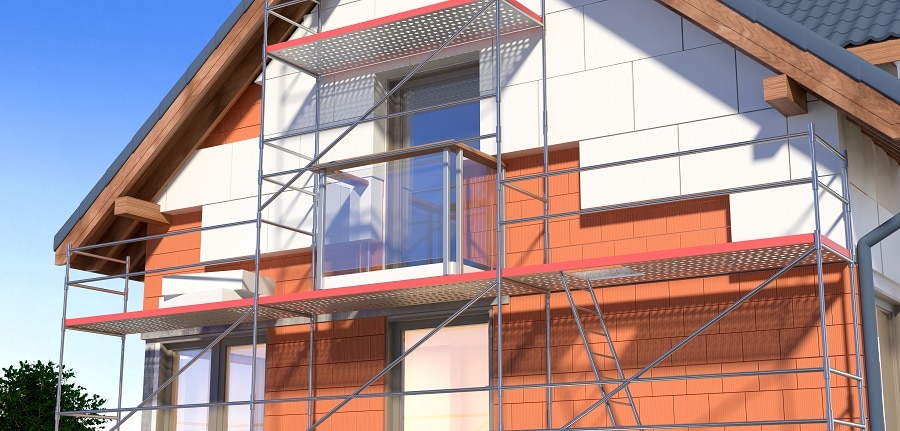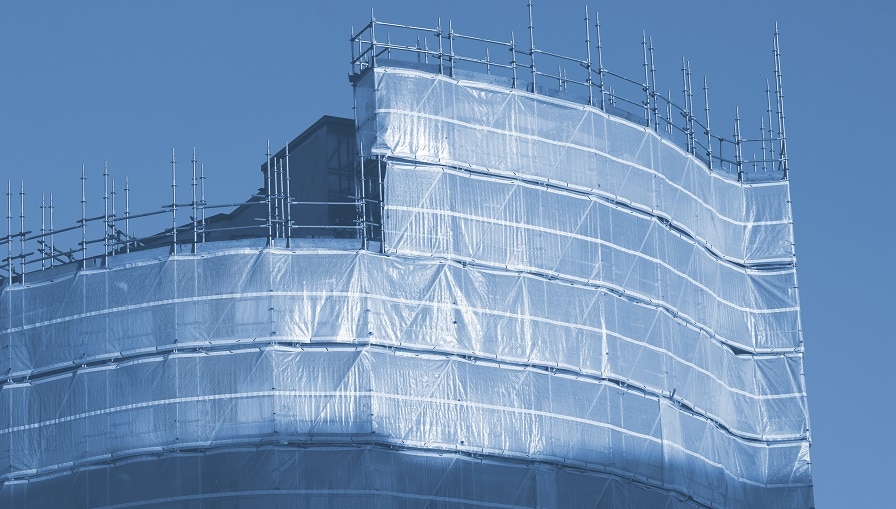Accidents in the construction industry have a high fatality rate compared to other sectors, and the frequency of minor accidents is staggering. This highlights the importance of health and safety standards on construction sites. Almost any considerable hazard imaginable exists within the sector.
Even though measures should be taken to address all possible dangers, some are more pressing than others and should be addressed first. The following list illustrates some of the biggest construction hazards on a building site and the approaches used to manage them.
Moving objects
Construction sites are dynamic work environments; accidents can occur at any stage of the construction work. From moving equipment to stationary machinery and objects, there are a lot of tools in a construction site all performing different jobs. These tools and equipment can cause hazards on a site.
The right Personal Protective Equipment (PPE), such as safety helmets, biohazard suits, and high visibility garments, is often required by staff on-site to handle the risk of hazards caused by moving objects.
Avoid standing close to moving objects.
Be conscious of what is around you on a construction site. Many moving objects may not have warning lights or beepers.
Noise
HSE reports up to 1505 construction site-related deafness claims from 2007 to 2011 in the UK. 1495 claims were made by men, while 10 were made by women. This demonstrates that construction sites can be a nightmare, especially because of their hazardous noise levels.
The reason for this is that construction workers are always reluctant to put on protective gear, which is dangerous for them. It is partly because the wrong hearing protectors are often being issued. Safety measure: always use the correct hearing guard on the building site.
Asbestos
Fun fact: asbestos contains six fibrous minerals. The fibrous minerals in asbestos are discharged into the atmosphere if they are damaged. Exposure to these fibrous minerals can cause serious health issues with fatal consequences even though the mineral occurs naturally.
Inhaling asbestos is associated with several diseases such as asbestosis, pleural thickening, and lung cancer. Annually, 5000 deaths in the construction industry are caused by asbestos, with an average mortality rate of 20 deaths each week. These staggering numbers in the UK are consequences of over 500,000 asbestos-infested public buildings.
Safety precaution: informing your employees of asbestos in your worksite is your duty as an employer. Moreover, if your employees encounter products with asbestos, they must know the right actions to take.
HAVS
Hand Arm Vibration Syndrome (HAVS) is a painful and incapacitating disease of the joints, blood vessels, and nerves. It is generally due to the long-term use of handheld control equipment such as vibratory equipment and groundwork equipment. Thankfully, it is possible to prevent HAVS. However, when the damage has been done, it is permanent.
Approximately 2 million construction workers are in danger of contracting Hand Arm Vibration Syndrome according to HSE reports. HAVS affects working skills; cold weather exposure causes discomfort in the fingers of the affected person. Safety measure: ensure that you wear the relevant PPE gear when using vibrating tools and ensure that equipment is regularly maintained.
Falls
Falls are the major cause of death on construction sites, as more than 40% of on-site accident fatalities are caused by falls. Safety measure: the rule of thumb for fall protection is to always use fall protection gear no matter the fall distance. Ensuring all fall safety equipment is in good condition is an excellent way to protect yourself. Always check for cracks and damaged strings.
A durable scaffolding system is a construction site necessity. Make your construction safer today by making use of JL Scaffolding’s creative scaffolding services for your project. Contact us right away.
Takedowns
Anyone familiar with construction will know that building projects are not just about building something — things often have to come down; demolition is a normal part of the process. Some projects also include underground works or site excavations, all of which can lead to major injuries and crashes on the worksite.
Precautionary measures: regular reviews of potential collapse risks should be carried out during the different phases of the project. Also, deployment of remedy structures like scaffolding and protection barriers need to be regularly checked. Identify risk zones clearly and place visibility signals to alert workers of these zones.
Vehicles
Construction work often includes using moveable machinery and vehicles. One of the most common reasons for fatal accidents at construction sites is moving vehicles, according to a study published by NHASA.
Precautionary measures: conducting an assessment of the protocols, traffic management and vehicle zones, as well as marking these zones with the right barrier systems and signs is crucial for a safe construction site.
Finally, safety should be your priority.
Construction site accidents can be reduced through the implementation of safety passes. A proper safety program that provides weekly and daily safety information and reminders for workers on the site is also a smart thing to implement. Remember to invest in PPE equipment for proper protection. Always ensure you stay vigilant and maintain safe working conditions that can help protect lives and property on the site.














